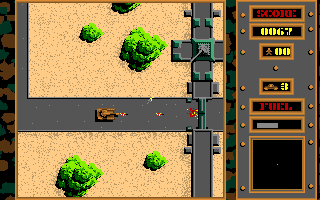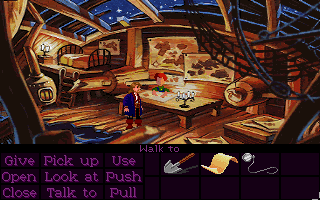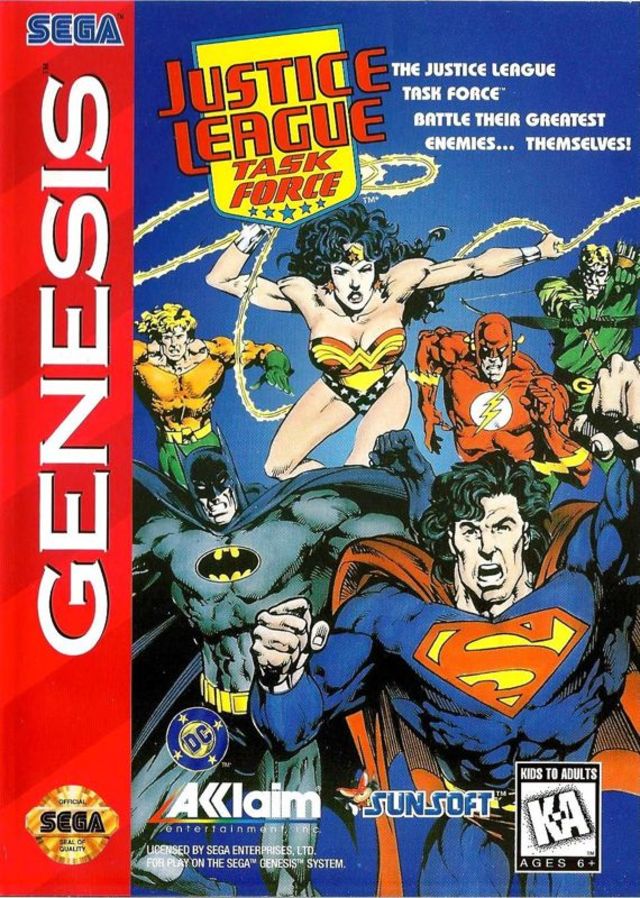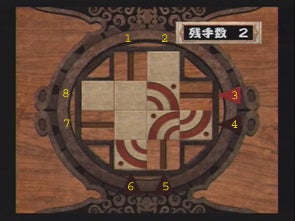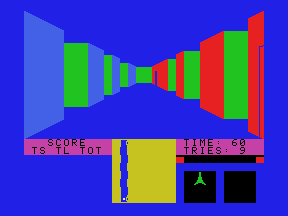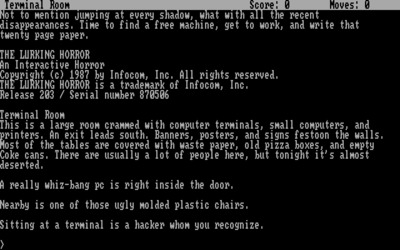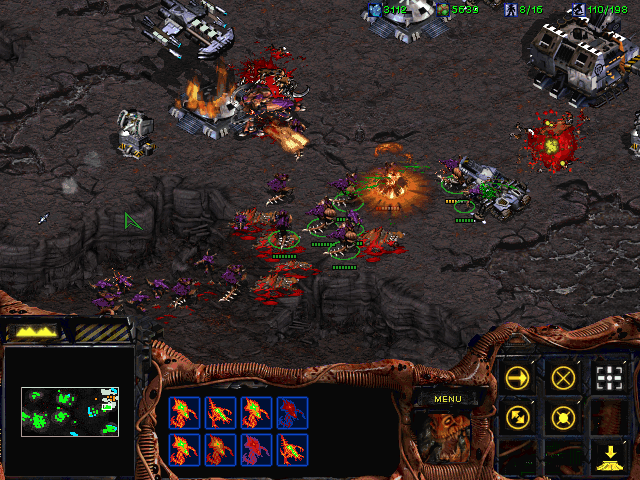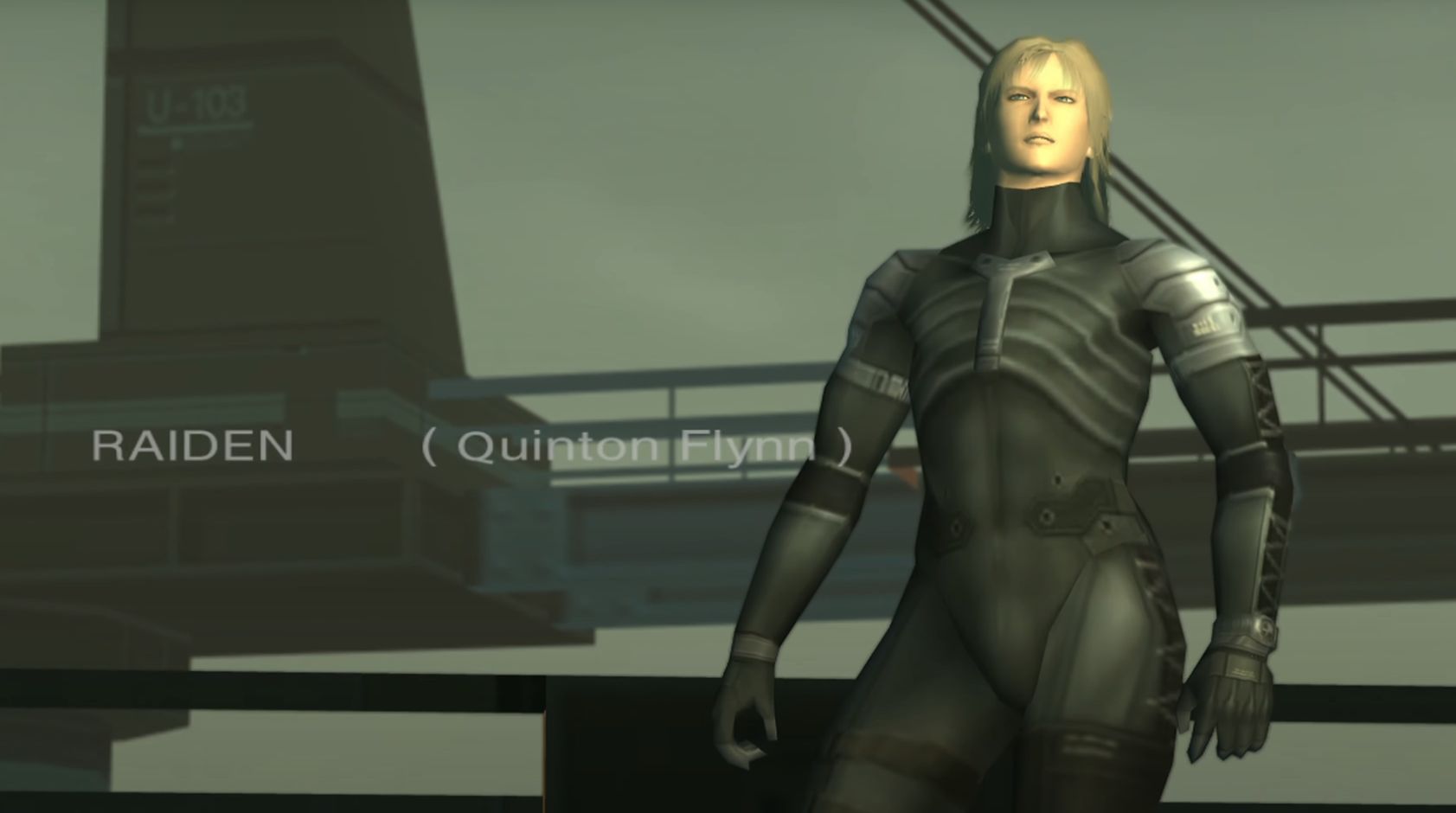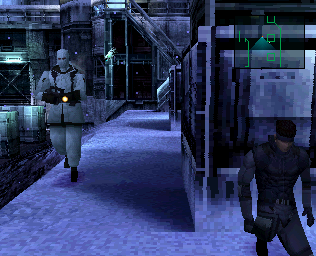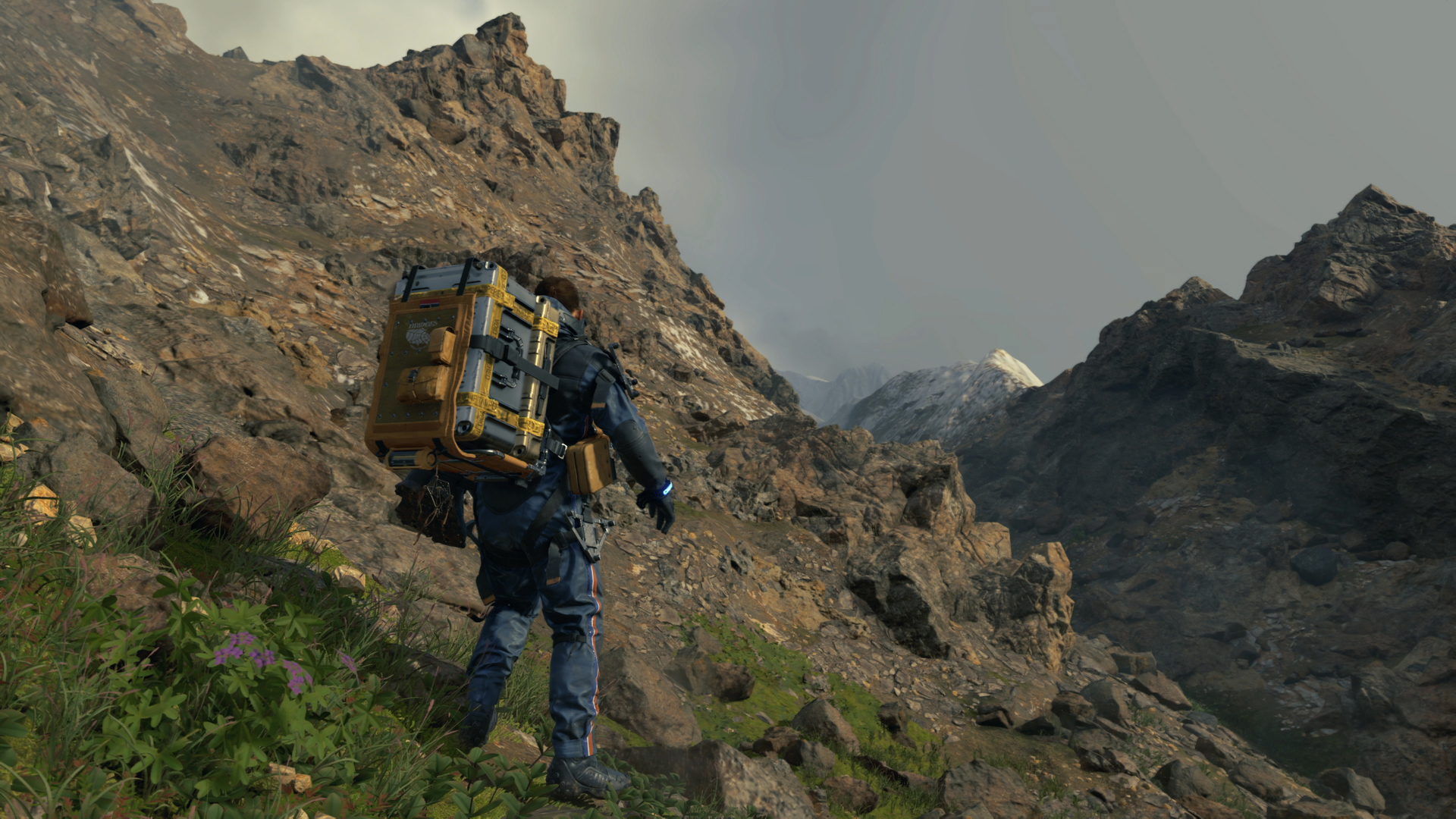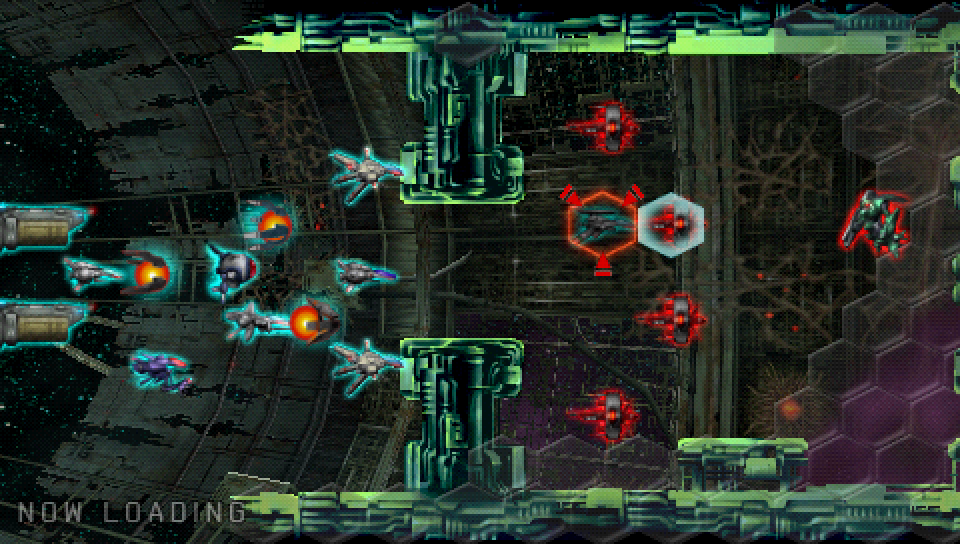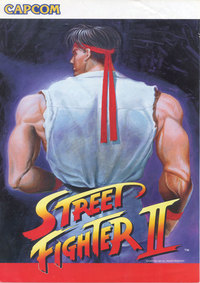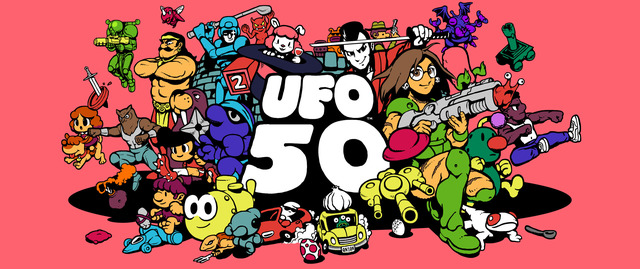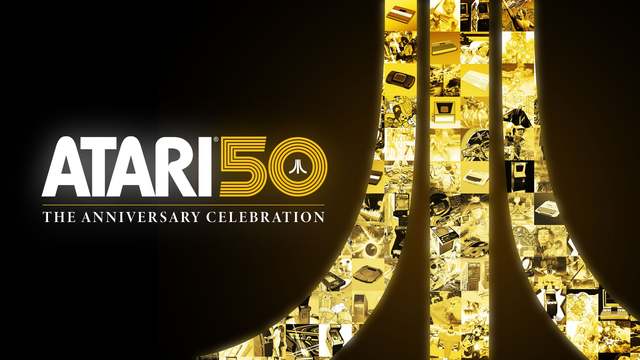Game Analysis
Date : 2025-05-10 Entry ID : 16940 Entry type : comment
Analysis of topics in game audio, design, and history.
Main Articles
There is a mostly forgotten genre of action game where you are slowly weakening an enemy base by destroying its defenses and enemy vehicles. This specific style mostly appeared in war games from the late 1980s and early 1990s. The first game in the genre may have been Will Wright's Raid on Bungeling Bay from 1984, and the most famous might be Mike Posehn's Gulf War chopper game Desert Strike from 1992.
Adaptive music (also referred to as 'dynamic music') is game music that reacts to changes in gameplay state. It has been used in games since the 1970s, and encompasses a variety of techniques, from tempo and pitch changes, to re-sequencing of precomposed pieces, and dynamic mixing.
Generative music (also known as 'procedural' or 'algorithmic' music) is generated at run-time in software, either by generating individual notes, or by real-time synthesis. Generative methods can be used to make game music that is highly adaptive or even interactive, meaning generated directly from player input, but this is not always the case, as there are examples of non-adaptive generative music.
This article will provide an overview and history of techniques and analyze a games that employ various adaptive or generative music techniques.
In 1995, two different Justice League games came out for the SNES and the Genesis. They were developed by two different companies, both later known as 'Blizzard'.
I've been skipping annoying video game puzzles for 17 years by writing brute force scripts. Usually, writing the script is more fun than trying to solve a frustrating sliding block puzzle.
Immersion and Imagination
Games with little or no graphics or sound require using your imagination a lot, but this doesn't seem to impede the player immersion. These articles discuss this phenomenon.
A few thoughts about using your imagination in games, inspired by playing first person maze game 'Escape from the Mindmaster'.
Text adventures mostly disappeared from the games world, but playing this type of game might provide experiences unlike any other type of game. Here are my thoughts after finishing the 1987 DOS adventure The Lurking Horror.
Troubled Relationships
I have a complicated history with FromSoftware games, starting in 2004 with annoyance with a underwhelming Tenchu-sequel, continuing through not liking any of the Souls games until it finally clicked for me with Bloodborne in 2015. Since then, I went back and played all the Souls games, and enjoyed them immensely.
After playing them for 30 years, I realized something about my relationship to RTS games.
Metal Gear Series
After reading the MGS2 story summary in the book 'Metal Gear Solid: Hideo Kojima's Magnum Opus', I started thinking about the problems I have with the Metal Gear storylines in general and the MGS2 story in particular.
Sorting out the complexities of the story for the classic stealth action game.
An somewhat dry overview of Metal Gear lore, focused on nailing down the facts about characters, locations, and factions.
Reviews
A glowing review of 'Tetris Effect'.
Death Stranding is a very special game, both in terms of tone, gameplay, and storytelling. I wholeheartedly recommended experiencing it, even with the risk that it might frustrate some players.
I played through the Japanese release of R-Type Tactics on PSP back in 2007, these are my thoughts.
Various Articles
A condensed overview of all Street Fighter games.
Reflections on This Website
Another iteration of game database design, inspired by the release of UFO 50. This time focused on game systems.
Some game releases challenge the structure of my game database. The impressive game collection Atari 50: The Anniversary Celebration inspired a redesign of how game collections are represented.
The history of my YouTube channel started back in 2009 with a Noby Noby Boy recording. In the 9 years since then, I have uploaded 999 more videos. The PlayStation 4 video streaming feature was key in getting me to upload game recordings. However, some videos cause trouble, as invalid copyright claims start to appear.

